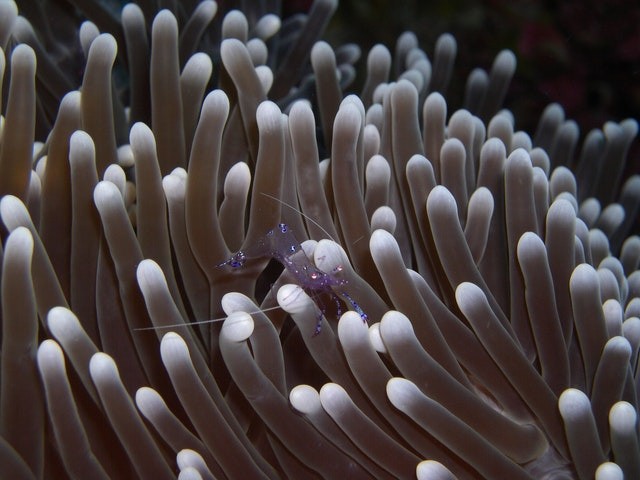After discovering biomolecular scientists while investigating the species' various venoms, an altogether new deadly chemical identified in an Australian tropical sea anemone is being investigated as a potential new therapeutic treatment.

Studying Sea Anemone
Lauren Ashwood, a QUT PhD researcher, has spent a lot of time studying the venom composition of sea anemones, particularly Telmatactis stephensoni, a reef-based sea anemone that may grow to be eight to 10 cm long.
Ashwood discovered that this species produces distinct venoms for diverse biological tasks, including defense, predation, and digestion and that the poisons were positioned at places that matched their function.
The regions of toxin production in the tentacles, epidermis and gastrodermis of the sea anemone are consistent with their ecological responsibilities of gathering prey, defense, and digestion, according to an analysis of their tentacles, epidermis, and gastrodermis.
This means that if examined the toxins in terms of their effects, scientists may understand how they could be employed in therapies, as per Science Daily.
Related Article : There Are 5 New Listeria Species That Can Help Improve Food Safety, Scientists Discover
Animal Venom as Medicine

According to Ashwood via BBC, animal venoms have been used to heal people throughout history with snake venom being utilized medicinally as early as the seventh century BC.
Ashwood further explained that, "peptide poisons from venomous animals are being turned into medicines for ailments such as cardiovascular problems, autoimmune diseases, diabetes, wound healing, HIV, cancer, and chronic pain."
Given that the toxin was discovered in the gastrodermis of a sea anemone, it may be involved in digestion - it may be a new form of co-lipase, or fat-breaking enzyme.
It may be related to a toxin found in black mamba snake venom that promotes gut muscle contractions.
Scientists are interested in pain-causing venoms because they may be created to give pain relief, according to co-researcher QUT Associate Professor Peter Prentis from the Centre for Agriculture and the Bioeconomy and the School of Biology and Environmental Science.
This suggests that the poisons in the acontia, a long, stinging thread designed to warn off would-be predators that cause severe pain in marine creatures and people, might be a source of an "antidote" to some forms of chronic pain.
Innovative but Difficult

Professor Prentis explained that new analytical techniques had moved away from the previous strategy of testing crude venom against a target for desired activity and toward toxin-driven discovery.
This novel technique paves the way for discovering peptides that could otherwise go unnoticed, such as those that aren't prevalent in the venom or have unforeseen modes of action.
However, discovering therapeutic possibilities based on toxins can be like locating a needle in a haystack, and not all peptide toxins are likely to be as successful as medicines.
For more news updates about the world of microscopic biology, don't forget to follow Nature World News
© 2025 NatureWorldNews.com All rights reserved. Do not reproduce without permission.




